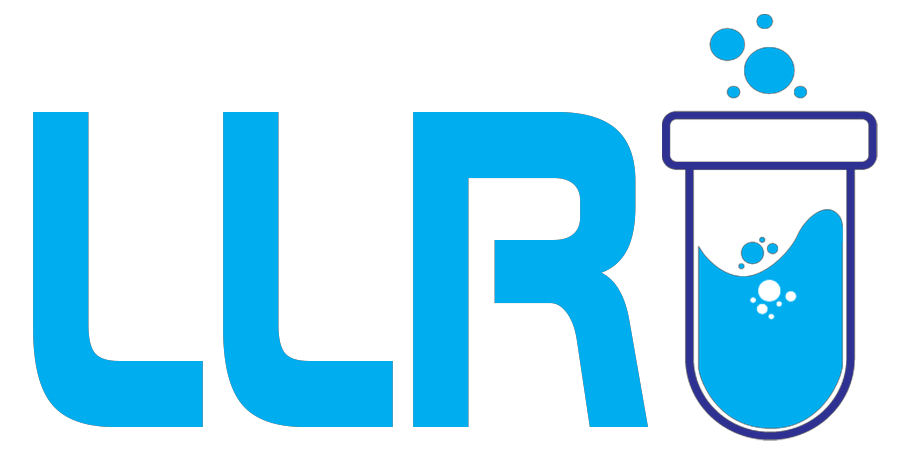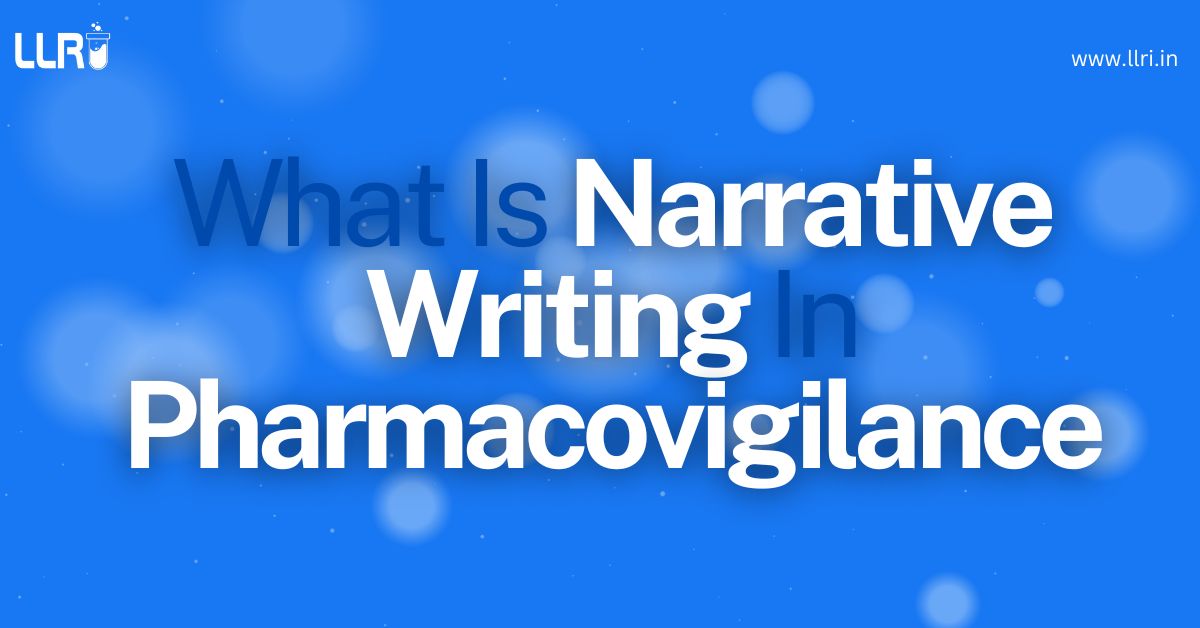Narrative Writing In Pharmacovigilance: Writing a document in the medical field is no child’s play. With the several complexities attached to it, one needs proper knowledge on the same. And that is where Narrative Writing in pharmacovigilance comes in.
In simple terms, it is a structured summary of adverse drug reactions (ADRs) or clinical trial events that provides context, patient details, and medical outcomes. Well-structured narratives are essential for regulatory compliance, ensuring that drug safety information is clear and reliable.
What Is Narrative Writing In Pharmacovigilance?
Pharmaceutical companies, contract research organizations (CROs), and regulatory agencies rely on pharmacovigilance narrative writing to assess and monitor the risk-benefit ratio of medicines. So, why is it so important, and how does it contribute to patient safety?
Narrative writing in pharmacovigilance refers to the process of documenting and summarizing adverse drug reactions (ADRs) and patient case reports in a structured format. These reports help regulatory authorities such as the FDA (U.S.), EMA (Europe), and CDSCO (India) understand the severity and impact of a drug’s side effects.
Narrative writing in pharmacovigilance involves crafting detailed accounts of adverse events (AEs) or serious adverse events (SAEs) experienced by patients during clinical trials or post-marketing surveillance.

A pharmacovigilance narrative typically includes the following:
✔ Patient demographics (age, gender, medical history)
✔ Drug exposure details (dosage, administration, treatment duration)
✔ Adverse event description (symptoms, severity, outcome)
✔ Causality assessment (relationship between drug and event)
✔ Conclusion (final assessment of the case)
These narratives are used in clinical trials, post-marketing surveillance, and periodic safety update reports (PSURs). Without precise narratives, safety signals may go unnoticed, leading to potential drug withdrawals or regulatory warnings.
What are the Types of Narrative Writing in Pharmacovigilance?
Narrative writing in pharmacovigilance can be categorized based on the context and purpose, and they are as follows:
- Clinical study narratives: Detailed accounts of adverse events occurring during clinical trials.
- Clinical trial narratives: Used to document serious adverse events (SAEs) occurring in clinical trials. These narratives are included in Clinical Study Reports (CSRs) submitted to regulatory agencies.
- Post-marketing narratives: Descriptions of adverse events reported after a drug has been marketed.
- Individual case safety reports (ICSRs): Pharmaceutical companies and regulatory authorities collect individual patient cases of adverse reactions, which are then submitted to global databases such as VigiBase (WHO UMC).
- Aggregate reports: Summarized narratives included in periodic safety update reports (PSURs) or development safety update reports (DSURs).
- Causality assessment narratives: These narratives assess the relationship between the drug and the adverse event using tools like the WHO-UMC causality assessment system.
- Literature case narratives: Reports of ADRs found in medical journals or research papers are also summarized into narratives to contribute to global pharmacovigilance efforts.
What are the Benefits of Narrative Writing in Pharmacovigilance?
Narrative writing in pharmacovigilance aids in providing a well-structured chronological description of the patient history, events, interventions and outcomes. Here are the benefits:
- Regulatory compliance: Regulatory bodies mandate the submission of detailed narratives for serious adverse events. Well-constructed narratives ensure adherence to these requirements.
- Improved patient safety: By thoroughly documenting adverse events, narratives aid in identifying potential safety signals, leading to timely interventions.
- Clear communication: Narratives offer a structured format to convey complex clinical information succinctly, facilitating better understanding among stakeholders.
- Data integrity: Well-detailed narratives make sure that all relevant information is captured, maintaining the integrity of clinical data.

What is the Purpose of Narrative Writing?
The purpose of narrative writing in pharmacovigilance is to provide a clear, detailed, and structured account of adverse drug reactions (ADRs) or adverse events (AEs) associated with a medicinal product. It helps regulatory authorities, healthcare professionals, and pharmaceutical companies understand the sequence of events, assess causality, and determine the impact of the drug on patient safety.
By documenting patient demographics, medical history, symptoms, and outcomes in chronological order, narrative writing ensures transparency and accuracy in drug safety reporting. Additionally, it supports regulatory compliance, facilitates risk assessment, and aids in making informed decisions regarding drug safety measures, ultimately contributing to patient care and public health.
Characteristics and Features of Narrative Writing
Characteristics of narrative writing
A well-crafted pharmacovigilance narrative should include the following characteristics of narrative writing:
✔ Clarity: The information should be precise and easy to interpret.
✔ Conciseness: Avoid unnecessary details while keeping the report comprehensive.
✔ Objectivity: Maintain a neutral tone without assumptions.
✔ Structure: Follow a clear template with patient data, drug details, event description, and outcome.
✔ Regulatory alignment: Maintains adherence to global pharmacovigilance guidelines.
Features of narrative writing
In pharmacovigilance, narrative writing is an important tool for documenting and communicating adverse events (AEs) or adverse drug reactions (ADRs). Here are the key features of narrative writing in pharmacovigilance:
- Clear description: The narrative should provide a detailed, yet succinct, account of the adverse event, ensuring that the reader can easily understand the situation without unnecessary complexity.
- Chronological order: Events should be described in the order they occurred, starting from the onset of the adverse event to its resolution or ongoing status, providing a clear timeline of the incident.
- Patient demographics: Include relevant patient information such as age, gender, medical history, and current medication to give context to the adverse event. However, confidentiality and privacy must be respected.
- Description of the event: Detailed description of the adverse event, including symptoms, severity, and duration. It’s important to mention any medical conditions or treatments that may have influenced the outcome.
- Cause and effect relationship: The narrative should explore the possible relationship between the drug and the adverse event, providing evidence or reasoning that supports the causality of the event.
- Medical terminology: Accurate and appropriate medical terminology should be used to describe the event, ensuring that it aligns with recognized pharmacovigilance and clinical standards.
- Follow-up information: If follow-up data is available, such as further patient reports or changes in the patient’s condition, these should be included to provide a comprehensive understanding of the event.
- Source of information: The narrative should specify the source of the information, whether it is from the patient, healthcare provider, or another reliable source.
- Resolution and outcome: Mention the outcome of the event (e.g., resolution, recovery, or ongoing issues) and any actions taken, such as discontinuation of the drug, dose adjustments, or medical interventions.
- Consistency with regulatory guidelines: Narrative writing should align with regulatory standards, such as those set by the FDA, EMA, or ICH E2E guidelines, compliance and consistency across reports.
Pharmacovigilance Narrative Writing Examples
Consider the following example of a well-structured narrative:
“A 45-year-old male with a history of hypertension was administered Drug X at a dose of 50 mg daily starting on January 1, 2025. On January 10, 2025, the patient experienced dizziness and palpitations. The medication was discontinued on January 12, 2025, leading to the resolution of symptoms by January 15, 2025.”
This narrative succinctly presents the patient’s demographics, medical history, treatment details, adverse event description, and outcome.
Here is one case example: adverse drug reaction to antibiotics
✔ Patient information: A 45-year-old male with no significant medical history.
✔ Drug details: Prescribed Amoxicillin 500mg twice daily for a throat infection.
✔ Adverse event: Developed severe skin rash and swelling within 24 hours.
✔ Medical management: Stopped Amoxicillin and administered antihistamines and corticosteroids. Symptoms resolved in 48 hours.
✔ Causality assessment: Likely related to Amoxicillin (Probable causality by WHO scale).
✔ Outcome: Fully recovered.
If you’re interested in a career in pharmacovigilance, enrolling in a clinical research course can help you master narrative writing in pharmacovigilance. Institutes like LLRI Clinical Research Training Center offer specialized programs in drug safety.
Here is a list of courses you can consider:
- Diploma in Clinical Research: A short 5-month courses.
- PG Diploma in Clinical Research: Best for entry-level professionals.
- Pro Advance Diploma in Clinical Research: Also focuses on pharmacovigilance extensively.
The clinical research course fees vary depending on the program duration and institute. You can check out LLRI’s Clinical Research Institute for the latest details.

On A Final Note…
Narrative writing in pharmacovigilance facilitates drug safety and regulatory compliance. Whether you’re a medical writer, clinical researcher, or pharmacovigilance specialist, mastering this skill can significantly boost your career.
Want to learn more? Consider enrolling in a clinical research course at a reputable clinical research training center like LLRI to gain hands-on experience in pharmacovigilance.

